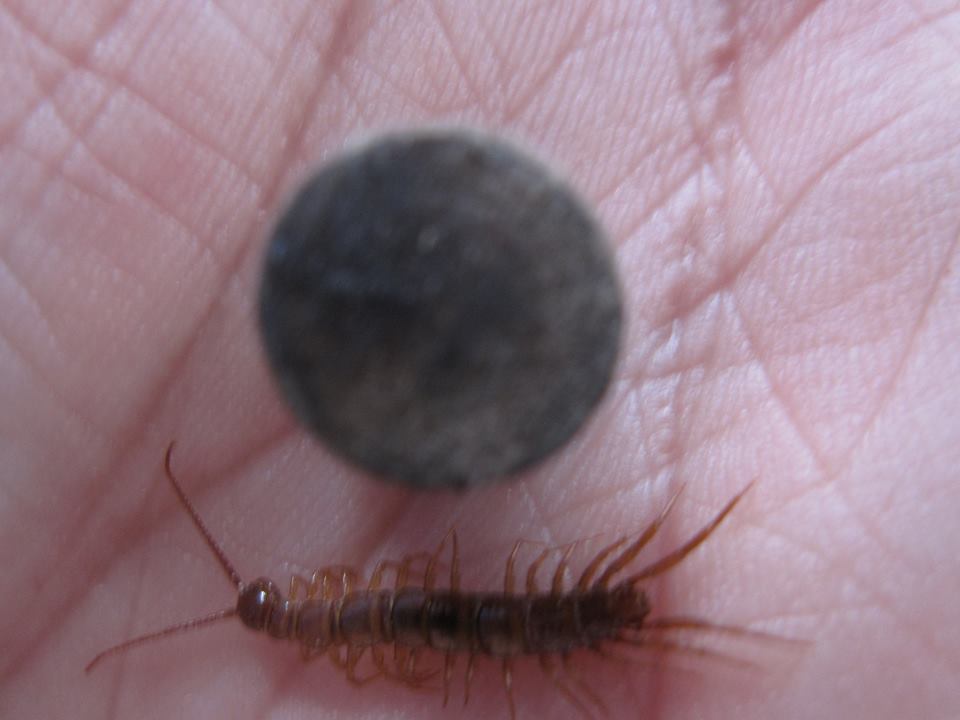Stone Centipede
Taxonomy of Stone Centipede
Arthropoda » Chilopoda » Lithobiomorpha » Henicopidea » Lithobius » Forficatus
Physical Description
These sly invertebrates really look tough. They look to have a long, hard-shelled, segmented body with a reddish-brown color to them. The Stone Centipede normally has 15 pairs of legs and can grow to be1 ¾” long. They generally have good eyesight but like other centipedes, it relies more on its hyper sensitive touch. They have fairly short, fatter legs and antennae than other centipede species. But like the rest of the centipede clan, and with their size along with it, they can give a powerful bite.

Location
This crawler is typically found all over the southern United States. Though it is not commonly found in California, it has been recorded of being there as well. The centipede typically prefers moist dark areas and seems to be more mobile when there is more rainfall or higher humidity. During a dry season the centipede is more dormant and seeks its prey during the night. They are practically nocturnal because of their inability to stay hydrated. You can find these critters under rocks, mulch, logs, soil, or a pile of leaves trying to hide away from the moisture-quenching sunlight.
Prey & Predators
This centipede mainly feeds on insects, insect larvae, small animals, and occasionally litter or mulch. Their predators range from larger spiders to birds and larger forest animals.
Are Stone Centipedes Harmful to Humans?
They are rarely found indoors but if so, its most likely a stray that just wiggled its way inside drying to find a more “moist” area to hide away in. They are very aggressive with their prey, and we advise removal of the Stone Centipede for fear of a small child being bit much like what we would advise for the Florida Blue Centipede. Most likely, the bite will hurt, much like a bee sting, but the bite and reaction will be self- manageable for an adult. This is based on MOST human reactions, if the pain or injection area worsens, you may want to seek a doctor. Centipedes are like most anything, yes their bite may can hurt and may do a little damage, but they would much rather run away so don’t be bothered if you are in your garden and spot one of these critters.Reproduction Of The Stone Centipedes
It does not reproduce through copulation, or sexual intercourse. The male deposits its sperm for the female to pick up. Once the sperm comes in contact with the female, the female will lay anywhere from 10 to 15 eggs. The mother then covers the eggs with surrounding soil and leaves them to hatch on their own. The eggs will not hatch until somewhere between 1 and 2 months.
Other Names
Lithobius Forficatus

